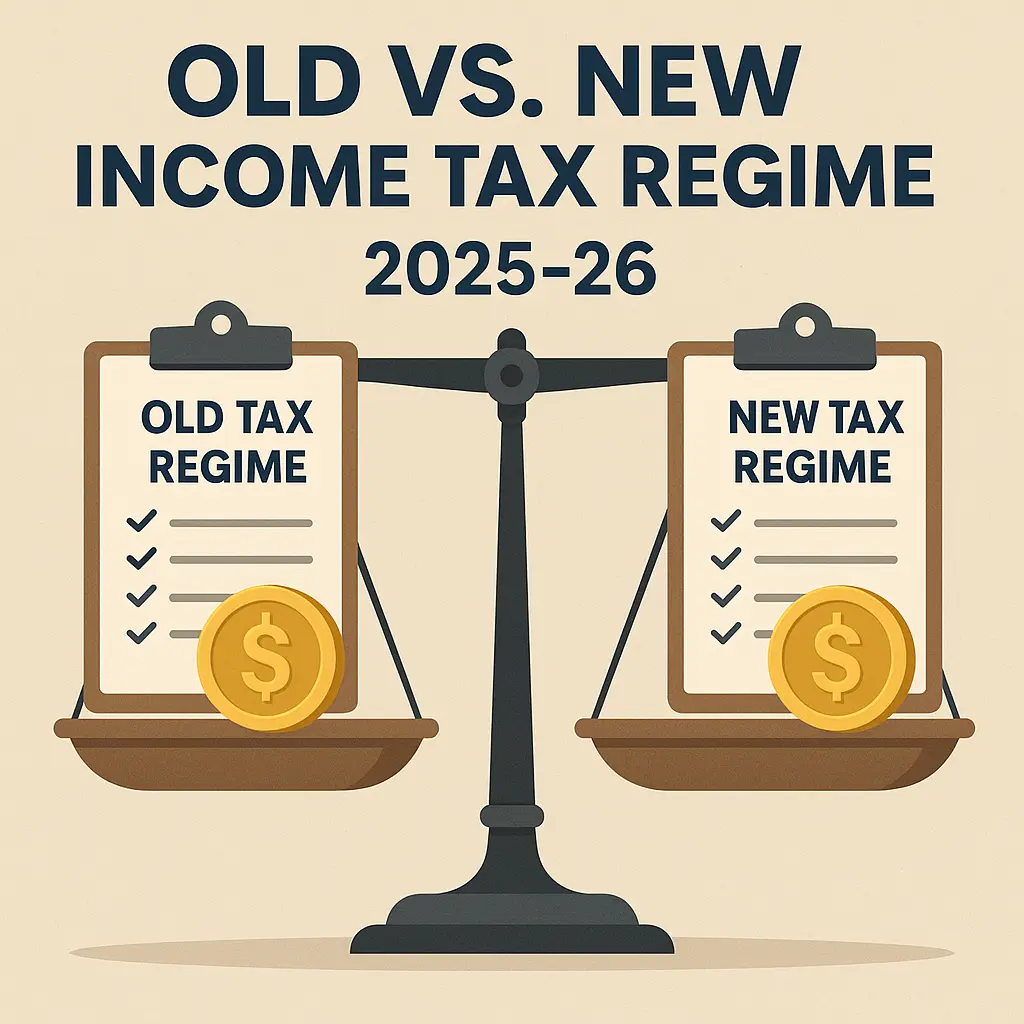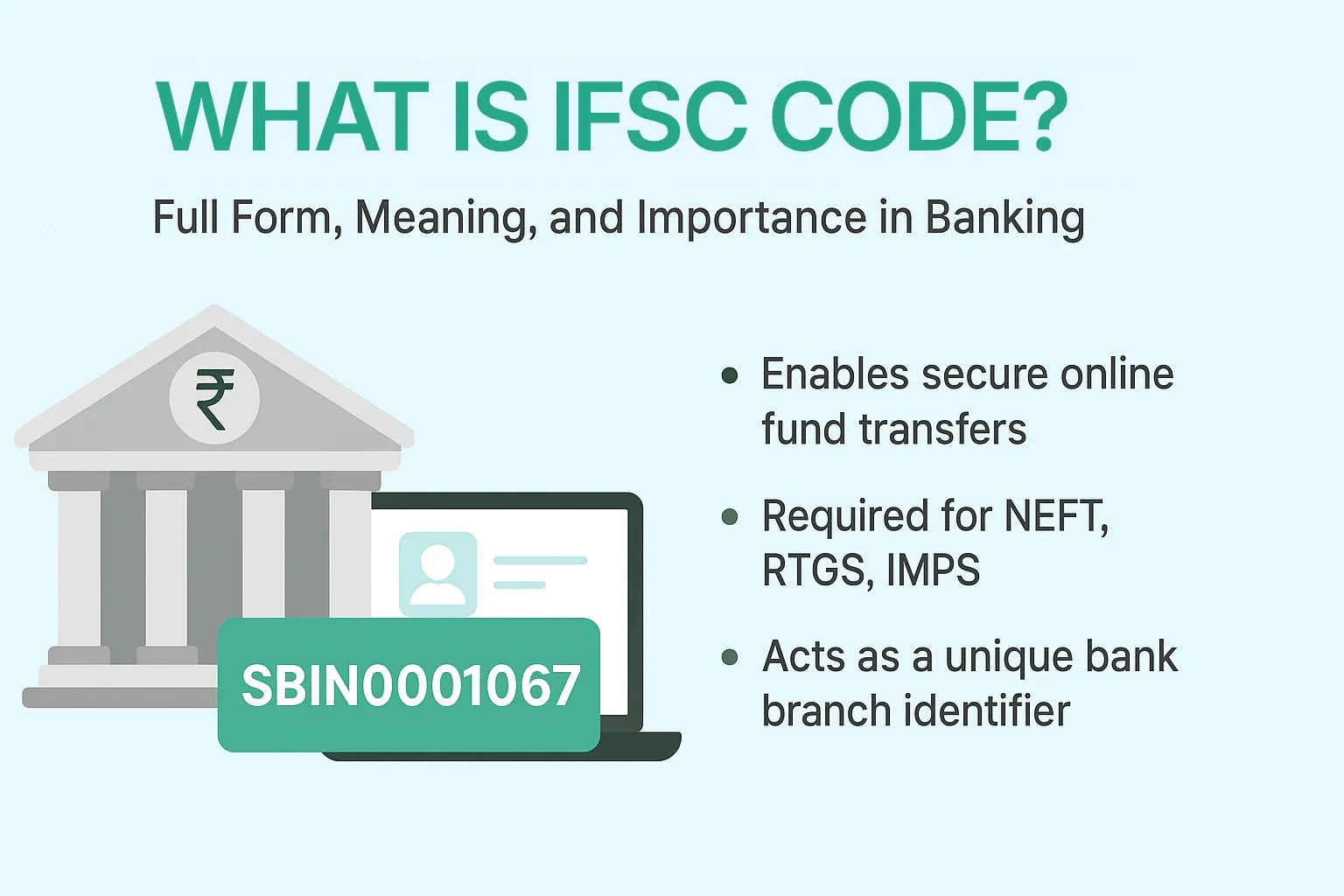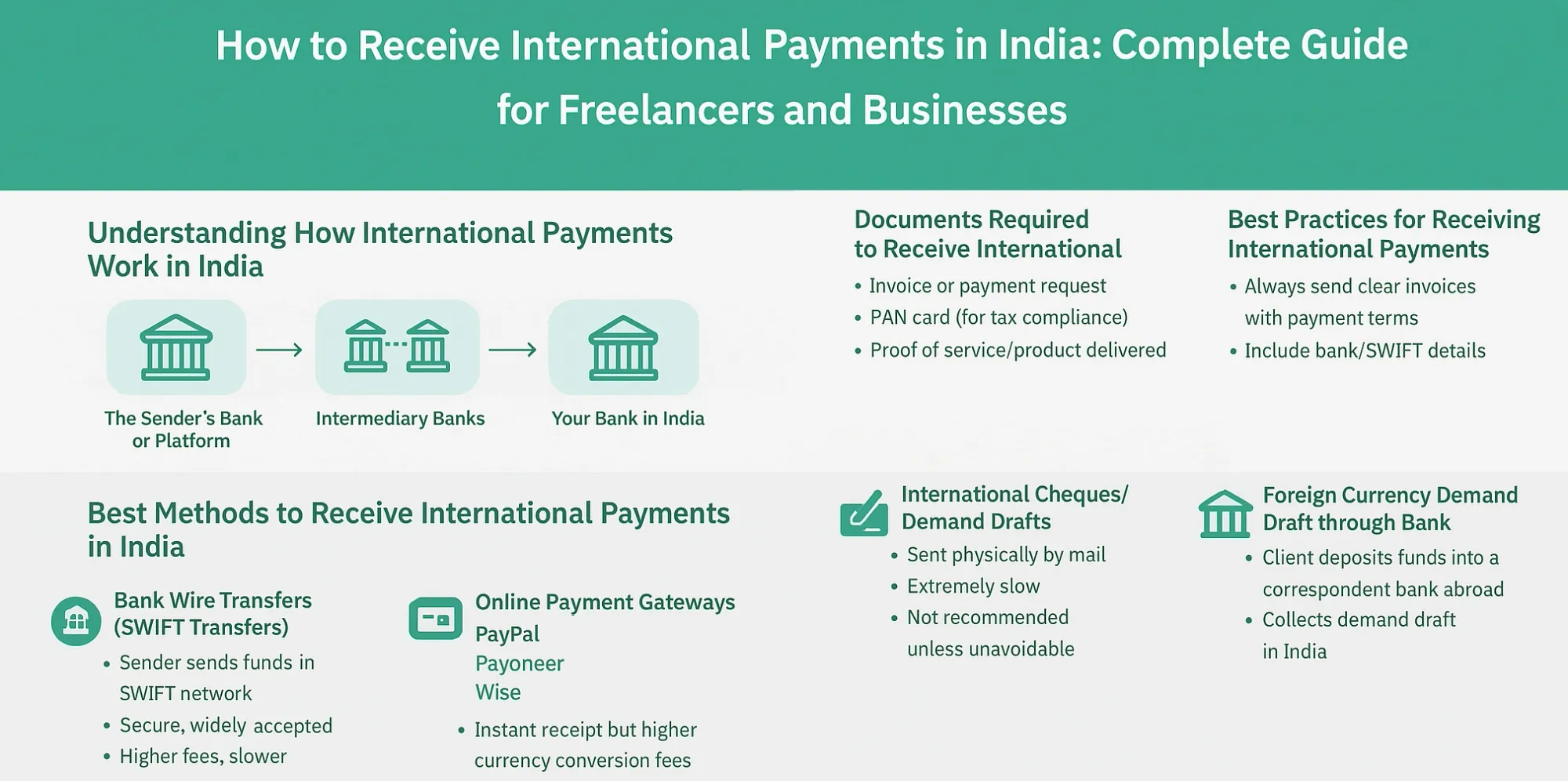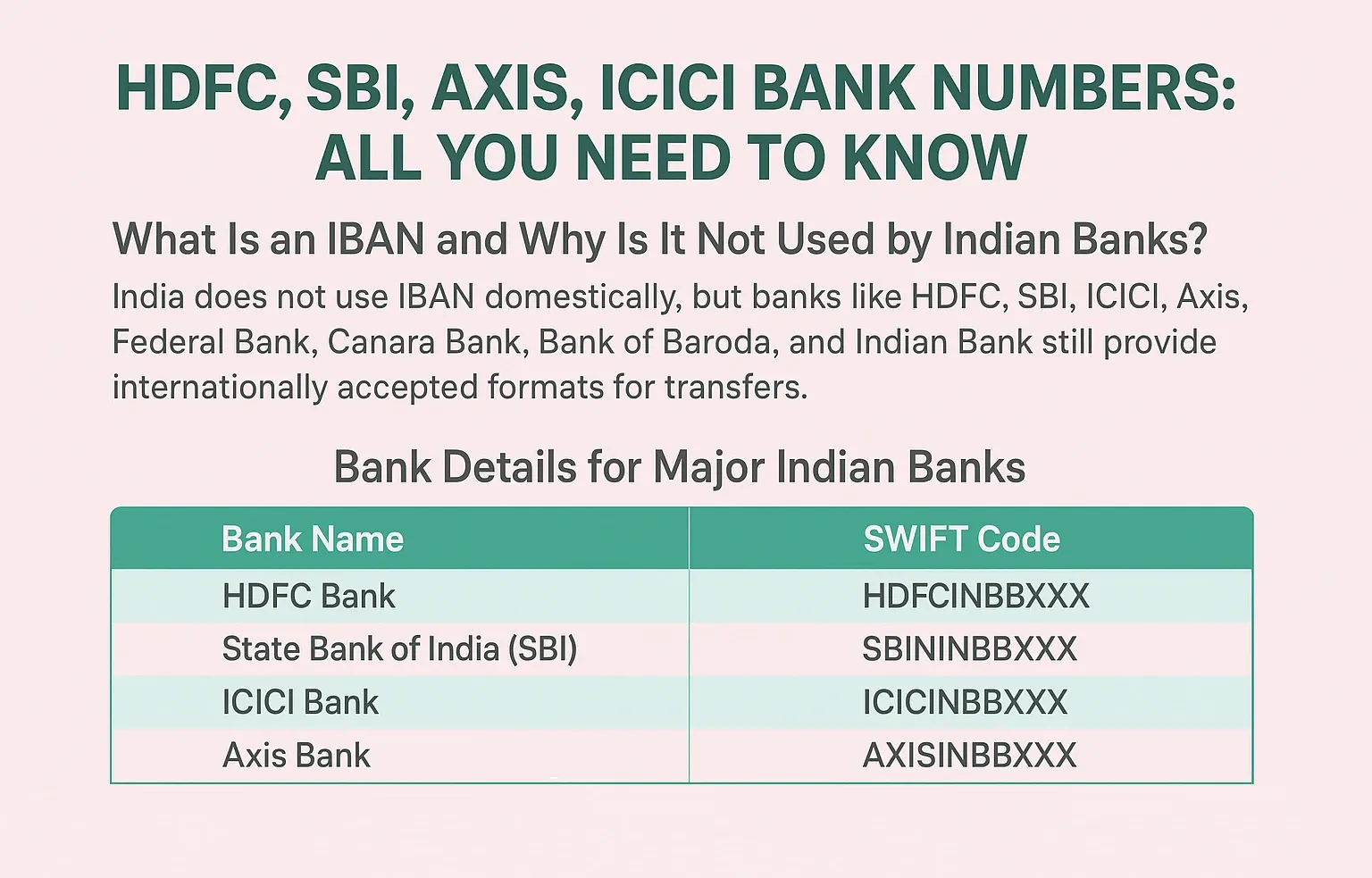Old vs New Income Tax Regime in 2025-26: Which One Should You Choose?

The income tax scenario in India has witnessed some drastic changes in a span of next few years giving two broad avenues of filing taxes by a tax payer the usual old tax regime and the new and simplified tax regime. With the coming of the Financial Year 2025-26 (Assessment Year 2026-27), it would be important to know the intricacies of each regime to plan proper taxes.
The system of the old income tax and that of the new income tax is not an automatic choice. Your level of income, the inclination towards investment and eligibility towards various deductions and exemptions make a lot of difference. This guide by EximPe will take you through the major points of both the regimes in FY 2025-26, and make your decision easier to choose the regime that would result in more savings.
Understanding the Two Regimes: A Quick Overview
Before diving into the specifics of the income tax slabs for AY 2025-26, let's briefly recap the fundamental differences between the Old and New Tax Regimes.
The Old Tax Regime: The Traditional Approach
The Old Tax Regime is the long-standing system that allows taxpayers to claim a wide array of deductions and exemptions under various sections of the Income Tax Act. These deductions effectively reduce your taxable income, potentially bringing you into a lower tax bracket.
Key characteristics of the Old Tax Regime:
- Higher Tax Rates: Generally, the tax rates under the old regime are higher compared to the new regime for similar income brackets.
- Numerous Deductions and Exemptions: This is the primary advantage. You can claim deductions for investments (e.g., Section 80C for PPF, ELSS, LIC), health insurance premiums (Section 80D), home loan interest (Section 24(b)), House Rent Allowance (HRA), Leave Travel Allowance (LTA), and many more.
- Age-Based Slabs: The income tax slabs under the old regime vary based on the taxpayer's age (below 60 years, 60-80 years, and above 80 years).
The New Tax Regime: The Simplified Approach
Introduced to simplify the tax structure, the New Tax Regime offers lower tax rates. However, this comes at the cost of foregoing most of the popular deductions and exemptions available under the old regime. It aims to make tax filing less complex and potentially leave more disposable income in the hands of those with fewer eligible deductions.
Key characteristics of the New Tax Regime:
- Lower Tax Rates: The tax rates are generally lower across various income brackets compared to the old regime.
- Minimal Deductions/Exemptions: Most common deductions and exemptions like 80C, 80D, HRA, LTA, etc., are not allowed.
- Uniform Slabs: The income tax slabs are the same for all individuals, regardless of age.
- Default Regime: From FY 2023-24 onwards, the new tax regime is the default option. If you wish to opt for the old regime, you need to explicitly select it while filing your Income Tax Return (ITR).
Income Tax Slabs for FY 2025-26 (AY 2026-27)
Understanding the specific income tax slabs for AY 2025-26 is paramount for your decision-making.
Income Tax Slab Old Regime for AY 2025-26
The old tax regime continues to offer age-based slabs.
For Individuals Below 60 Years and HUFs:
- Up to ₹2,50,000: Nil
- ₹2,50,001 to ₹5,00,000: 5%
- ₹5,00,001 to ₹10,00,000: 20%
- Above ₹10,00,000: 30%
For Resident Senior Citizens (60 years to 80 years):
- Up to ₹3,00,000: Nil
- ₹3,00,001 to ₹5,00,000: 5%
- ₹5,00,001 to ₹10,00,000: 20%
- Above ₹10,00,000: 30%
For Resident Super Senior Citizens (80 years and above):
- Up to ₹5,00,000: Nil
- ₹5,00,001 to ₹10,00,000: 20%
- Above ₹10,00,000: 30%
Note: A standard deduction of ₹50,000 for salaried individuals is available under the old regime. A rebate under Section 87A is applicable if your total income does not exceed ₹5,00,000, making the tax payable zero.
Income Tax Slab New Regime for AY 2025-26 (Default Regime)
The new income tax slab for AY 2025-26 is uniform for all individuals, irrespective of age.
Note: For salaried individuals and pensioners, a standard deduction of ₹75,000 is available under the new tax regime for FY 2025-26. Furthermore, a significant change for FY 2025-26 is the increased rebate under Section 87A. For the new regime, individuals with an income up to ₹12,00,000 will have a nil tax liability due to a rebate of ₹60,000 (up from ₹25,000 for incomes up to ₹7,00,000 in previous years).
Deductions and Exemptions: The Deciding Factor
The availability and extent of deductions and exemptions are the primary differentiators between the two regimes.
Deductions and Exemptions Under the Old Tax Regime
The old tax regime allows you to significantly reduce your taxable income by claiming various deductions and exemptions. Some of the most common ones include:
- Section 80C (up to ₹1.5 lakh): Investments in PPF, ELSS, NPS, EPF, life insurance premiums, home loan principal repayment, Sukanya Samriddhi Yojana, etc.
- Section 80D: Health insurance premiums for self, family, and parents.
- Section 24(b): Interest on home loan for self-occupied or rented property (up to ₹2 lakh for self-occupied).
- House Rent Allowance (HRA): Exemption for rent paid, subject to certain conditions.
- Leave Travel Allowance (LTA): Exemption for travel expenses, subject to conditions.
- Section 80E: Interest on education loan.
- Section 80G: Donations to specified charitable institutions.
- Standard Deduction (₹50,000): For salaried individuals and pensioners.
- Professional Tax: Deduction for professional tax paid.
Deductions and Exemptions Under the New Tax Regime
The new tax regime is characterized by its simplicity, which means it offers very few deductions and exemptions. The primary ones available are:
- Standard Deduction (₹75,000): For salaried individuals and pensioners. This is a significant increase over the old regime's ₹50,000.
- Deduction for employer's contribution to NPS (Section 80CCD(2)): Up to 14% of salary for central government employees and 10% for others.
- Interest on home loan for rented property (Section 24(b)): Allowed, but not for self-occupied property.
- Deduction for family pension (up to ₹25,000 or 1/3rd of pension, whichever is lower).
- Certain deductions for Agniveers.
Which Regime Should You Choose for FY 2025-26?
The choice between the old and new tax regimes for AY 2025-26 hinges on your individual financial circumstances, particularly your total income and the extent of deductions you are eligible to claim.
When the Old Tax Regime Might Be More Beneficial:
- High Deductions/Investments: If you make substantial investments in tax-saving instruments (like PPF, ELSS), pay significant life or health insurance premiums, have a home loan with considerable interest payments, or receive HRA/LTA, the old regime will likely result in lower tax liability. The aggregate of your deductions can significantly reduce your taxable income, offsetting the higher tax rates.
- Specific Financial Goals: If your financial planning revolves around traditional tax-saving instruments like PPF for long-term goals or health insurance for family security, the old regime aligns better with these strategies.
When the New Tax Regime Might Be More Beneficial:
- Lower to Moderate Income with Few Deductions: If your income is relatively lower (especially up to ₹12 lakh for FY 2025-26) and you don't utilize many tax-saving instruments or exemptions, the new regime is designed to be highly beneficial due to the enhanced Section 87A rebate and lower tax rates. For incomes up to ₹12 lakh (or ₹12.75 lakh for salaried with standard deduction), your tax liability could be zero.
- Preference for Simplicity: If you prefer a straightforward tax calculation without the hassle of maintaining records for various deductions, the new regime is ideal.
- High Liquidity Preference: If you prefer to keep your money liquid and not lock it into long-term investments for tax-saving purposes, the new regime offers this flexibility.
Making Your Decision: A Step-by-Step Approach
- Calculate Your Total Income: Determine your gross total income for FY 2025-26 (AY 2026-27).
- Estimate Your Deductions (Old Regime): List all the deductions and exemptions you are eligible to claim under the old tax regime (80C, 80D, HRA, LTA, home loan interest, etc.).
- Calculate Tax Under Old Regime: Subtract your eligible deductions from your gross total income to arrive at your taxable income. Then, apply the old regime tax slabs for your age group to calculate your tax liability. Don't forget the standard deduction and Section 87A rebate if applicable.
- Calculate Tax Under New Regime: Subtract the new regime's standard deduction (₹75,000 for salaried) and any other allowed deductions from your gross total income. Apply the new regime tax slabs to calculate your tax liability. Remember the enhanced Section 87A rebate for incomes up to ₹12 lakh.
- Compare and Choose: Compare the tax payable under both regimes. The regime that results in lower tax liability is the one you should choose.
Tools to Help You: Many online income tax calculators are available that allow you to input your income and deduction details and compare the tax liability under both regimes.
Important Considerations for FY 2025-26
- Default Regime: The New Tax Regime is now the default. If you wish to opt for the Old Regime, you must explicitly declare it. For those with business or professional income, this requires filing Form 10-IEA before the due date for filing your ITR. For salaried individuals without business income, you can simply select the option in your ITR form.
- Switching Regimes: For individuals without business or professional income, you have the flexibility to switch between regimes every year. If you have business income, once you opt out of the new regime, you only get one chance to switch back.
Conclusion
Decision between the Old Income Tax Regime and the New Income Tax Regime on FY 2025-26 (AY 2026-27) is a crucial financial decision. Although the new regime does give a good deal of ease and reduction of tax rates, especially to those who have less deductions, but old regime remains strong in the hands of persons actively investing in instruments that save them tax and who have different exemptions available.
The most advisable thing is to conduct a comprehensive calculation using your own income, expenditure and investment pattern. Just do not adopt the default new regime just because it is the new regime and stay on the old one without assessment. Use the tool of online tax calculators and in case of need refer to a tax consultant so that you can choose the best option that will preserve your development in the financial sphere in the next tax year.
FAQs – Old vs New Income Tax Regime for FY 2025-26
1. What is the new income tax slab for AY 2025-26?
The new income tax slab for AY 2025-26 (Financial Year 2024-25) starts with Nil tax up to ₹4,00,000, progressing to 30% for income above ₹24,00,000. It also includes a standard deduction of ₹75,000 for salaried individuals and a rebate making income up to ₹12,00,000 effectively tax-free.
2. What is the income tax slab for AY 2025-26 under the old regime?
The income tax slab old regime for AY 2025-26 (Financial Year 2024-25) varies by age: Up to ₹2.5 lakh (below 60), ₹3 lakh (60-80), or ₹5 lakh (above 80) is Nil. Rates then progress to 30% for income above ₹10 lakh. A standard deduction of ₹50,000 and a Section 87A rebate for income up to ₹5 lakh are available.
3. What are the key differences between the income tax slab old regime and income tax slab new regime for FY 2025-26?
The main differences are generally lower tax rates in the new regime but with minimal deductions, while the old regime has higher rates but allows for a wide range of deductions (80C, 80D, HRA, etc.). The standard deduction is higher in the new regime (₹75,000 vs ₹50,000).
4. Is the new tax regime mandatory for AY 2025-26?
No, the new tax regime is the default option but not mandatory. You can choose to opt for the old tax regime.
5. Can I switch between the old and new tax regimes every year?
Yes, if you do not have income from business or profession, you can choose between the old and new tax regimes every year. If you have business income, you have a one-time option to switch back to the new regime if you've opted out.
6. Which regime offers a higher standard deduction for salaried employees in FY 2025-26?
The new income tax regime offers a higher standard deduction of ₹75,000 for salaried employees and pensioners in FY 2025-26, compared to ₹50,000 in the old tax regime.
7. What is the tax-free income limit under the new income tax slab for AY 2025-26?
Due to the enhanced rebate under Section 87A, the effective tax-free income limit under the new income tax slab for AY 2025-26 is ₹12,00,000. For salaried individuals, with the standard deduction, income up to ₹12,75,000 can effectively be tax-free.
8. Are HRA and LTA deductions available under the new tax regime?
No, most common exemptions and deductions like House Rent Allowance (HRA) and Leave Travel Allowance (LTA) are not available under the new tax regime.
9. How do I decide which regime is best for me if I have a home loan?
If you have a home loan, especially for a self-occupied property, the interest paid (up to ₹2 lakh under Section 24(b)) is a significant deduction under the old tax regime. This deduction is generally not available for self-occupied property under the new regime. Therefore, the old regime might be more beneficial.
10. Where can I find an income tax calculator to compare both regimes for AY 2025-26?
Many financial websites and tax filing platforms offer free online income tax calculators that allow you to compare your tax liability under both the old and new tax regimes for FY 2025-26 (AY 2026-27).




